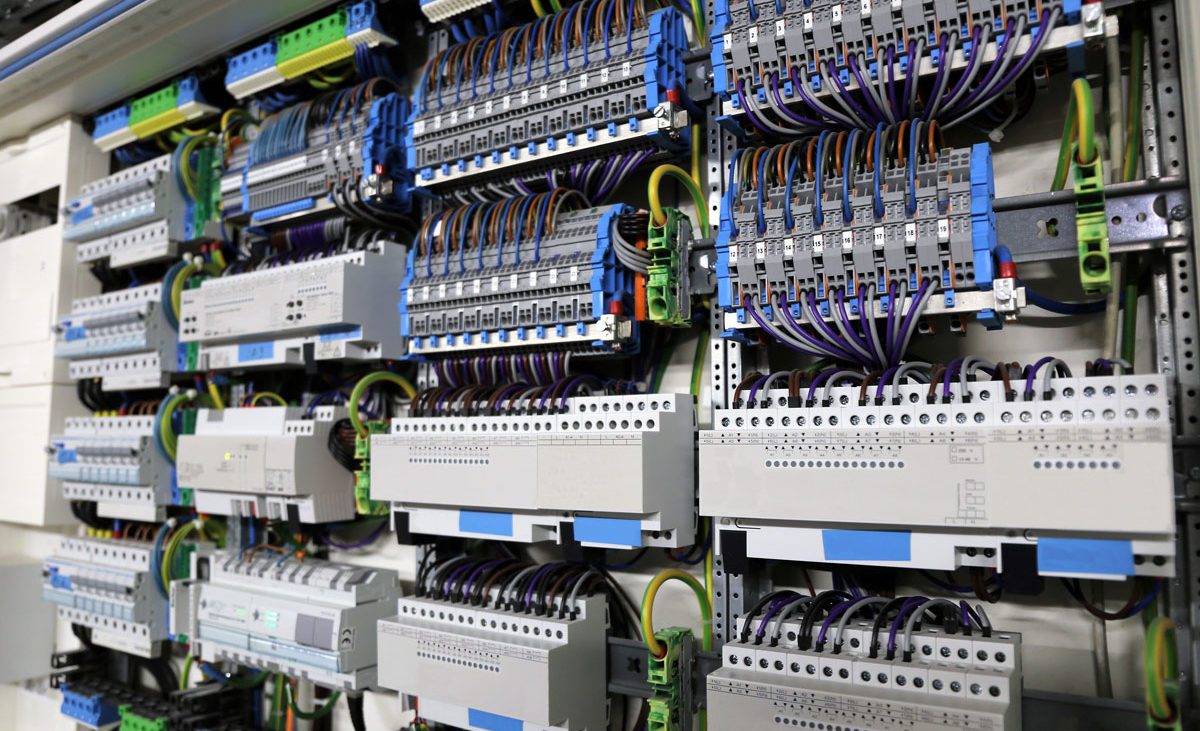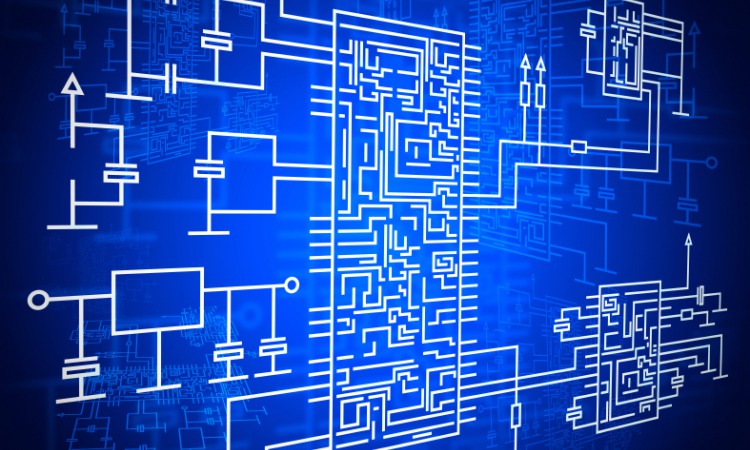Precise Electrical Load Calculation Services for Commercial and Industrial Facilities
Innovative Electric Design Services for Modern Infrastructure
As city environments expand increasingly complicated, including modern technologies such as clever grids and sustainable power resources becomes vital. These advancements not only guarantee to enhance energy usage yet also foster durability versus future needs.
Value of Ingenious Electric Design
Cutting-edge electrical design plays a vital duty in modern-day framework, affecting not just efficiency however likewise sustainability. As cities advance and the need for power rises, the requirement for sophisticated electric systems comes to be paramount. These systems need to not just satisfy current demands but likewise anticipate future growth and technical innovations.
A well-executed electric design can substantially lower power usage, consequently lowering functional expenses and minimizing environmental impact. By incorporating renewable resource sources, such as solar panels and wind generators, cutting-edge designs can boost energy independence and strength. Wise grid technologies enable for real-time tracking and administration of energy circulation, enhancing efficiency and decreasing waste.
Safety and security is one more vital aspect of electric design. Applying extensive criteria and advanced technologies can minimize dangers linked with electrical failings, guaranteeing a protected environment for citizens and businesses alike. Additionally, ingenious layouts help with adaptability, allowing frameworks to integrate arising modern technologies seamlessly.
Secret Fads in Electrical Design
As the landscape of electric design remains to evolve, numerous essential patterns are forming the future of the industry. One substantial trend is the combination of wise technology into electrical systems. The spreading of the Net of Things (IoT) has actually made it possible for real-time surveillance and control of electrical devices, improving effectiveness and promoting anticipating upkeep.
Another trend is the expanding emphasis on modular design. This technique permits for adaptable and scalable solutions, making it possible for facilities to adjust to transforming demands without considerable restorations. Furthermore, the use of sophisticated simulation devices and Structure Info Modeling (BIM) is becoming increasingly prevalent, improving the design process and improving collaboration amongst stakeholders.
In addition, innovations in products science are bring about the advancement of lighter, much more long lasting, and energy-efficient elements. This innovation is particularly vital for high-performance structures and infrastructure projects.
Last but not least, there is a marked change in the direction of data-driven decision-making - residential electrical design. Leveraging information analytics assists developers enhance systems for efficiency and cost-effectiveness. Together, these patterns signify a transformative period in electric design, enhancing performance, sustainability, and durability in modern-day facilities
Lasting Energy Solutions
Lasting energy solutions are significantly becoming an essential focus in electric design, showing a wider commitment to ecological duty and source performance. These solutions aim to decrease environmental impact while maximizing power consumption in different facilities, from household buildings to big commercial centers.
Among the foremost approaches involves the integration of renewable power sources, such as photovoltaic panels and wind generators, right into electric systems. This not only minimizes reliance on fossil gas yet likewise enhances energy strength. Furthermore, innovative power storage space systems, such as innovative batteries, allow effective monitoring and distribution of power, making sure that excess energy produced throughout height manufacturing can be utilized during high need periods.
Furthermore, energy-efficient design techniques are being adopted to enhance overall system performance. This consists of making use of energy-efficient lights, cooling and heating systems, and wise building modern technologies that adjust and keep track of power usage based upon tenancy and ecological problems.
Smart Grid Technologies
The application of lasting power options naturally results in the exploration of wise grid modern technologies, which play an essential role in modernizing electrical systems. Smart grids utilize advanced interaction innovations and information analytics to improve the integrity, efficiency, and sustainability of visit the site power distribution. By incorporating electronic innovation with standard grid facilities, these systems promote real-time surveillance, automated control, and boosted decision-making abilities.
One of the crucial features of smart grids is their ability to accommodate eco-friendly energy Source resources, such as solar and wind power. This versatility not only minimizes dependency on fossil gas however additionally allows for a more decentralized energy manufacturing design. Wise grids allow need reaction programs, where consumers can readjust their power usage based on real-time rates, consequently promoting power preservation and decreasing peak load needs.
Furthermore, clever grid modern technologies improve grid resilience by allowing quicker recognition and resolution of failures, ultimately lessening downtime. With anticipating maintenance and analytics, utilities can maximize operations and improve service shipment. As areas and cities remain to advance, wise grid technologies are crucial for developing a lasting and efficient electric framework that fulfills the demands of modern-day society.

Future-Proofing Facilities
To guarantee long-lasting practicality and flexibility, future-proofing facilities is vital in the rapidly evolving landscape of electrical design solutions. As innovation advances and energy needs shift, it is crucial that electric systems are made with adaptability in mind. This entails incorporating scalable solutions that can fit future upgrades without requiring comprehensive overhauls.

Furthermore, sustainability has to be a foundation of future-proofed styles. Utilizing eco-friendly power resources, such as solar and wind, and optimizing energy performance minimize reliance on nonrenewable fuel sources, aligning with worldwide initiatives to combat climate Web Site change.
Final Thought
By prioritizing adaptability, efficiency, and sustainability, these services deal with the developing demands of power systems. The combination of smart grid technologies and lasting energy options boosts durability and decreases functional costs.
A well-executed electrical design can considerably minimize power intake, consequently decreasing operational costs and decreasing ecological impact. By integrating renewable power sources, such as solar panels and wind generators, ingenious layouts can boost power self-reliance and durability. In addition, innovative power storage systems, such as advanced batteries, make it possible for efficient monitoring and circulation of power, guaranteeing that excess power generated during optimal production can be used during high need durations.
Clever grids enable need action programs, where consumers can adjust their energy usage based on real-time rates, therefore promoting energy conservation and lowering peak tons demands. (electrical load calculation)
As innovation developments and power demands change, it is vital that electrical systems are made with flexibility in mind.